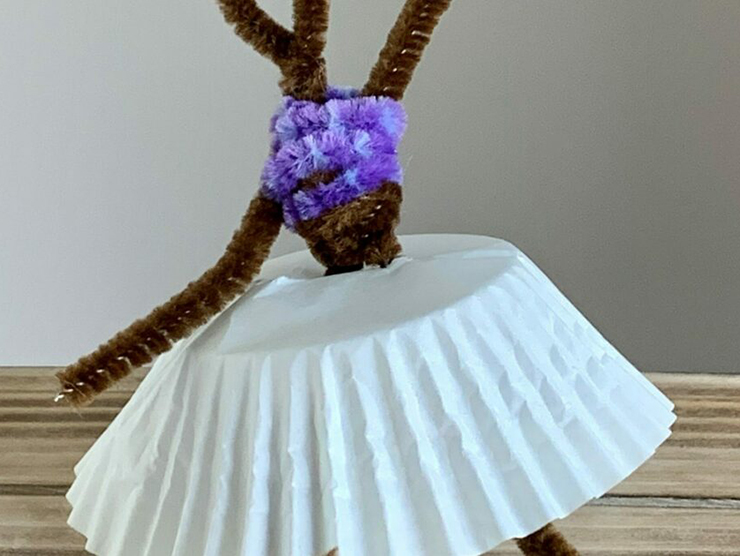"Why" is a typical question that children ask: Why do trees have leaves? Why do I need to eat my carrots? Why do I have to take a nap? Usually these questions can be answered in a meaningful way without too much thought. However, when your child’s question is about another person, or their appearance, it may catch you off-guard—especially when your child asks while you are in the store, or on the bus. Initially, you may pause and possibly even stumble over an answer. Rest assured, you are not alone—it is not unusual to feel a little embarrassed and wonder how to respond.
When this happens, it is helpful to remember that children are just acting out of curiosity and their innate ability to detect differences. Human beings are genetically programmed to be alert for dissimilarities and children are observant and curious. Additionally, children are developing a sense of self and figuring out who they are compared to others around them. Their questions help them to better understand our diverse world and figure out where they fit in.
To answer an unexpected, on-the-spot question, a reliable approach is to respond with a matter-of-fact tone of voice. Avoiding the question only leaves children confused and with more and more questions.
Here are some simple responses that may help answer a child’s question about differences.
Ways to Respond When Your Child Notices Differences in Others
- People are born and grow in all shapes, sizes, and colors.
- Every person is born with their own unique characteristics; you have your own, I have mine and others have theirs. Let’s talk about what makes you, you and me, me.
- Every person has their own style and preferences. Just as we would feel uncomfortable or hurt when someone laughs at us for what we wear, others feel the same way.
With these responses, children learn that they can come to loved ones for guidance. Often times a quick and simple answer will satisfy your child’s curiosity. Other times your child will want to dig deeper and discuss these differences in more depth. If the question has come up in public, you may prefer to continue your conversation in private, such as at home or in the car. Let your child know that you would like to talk more when you are home, but be sure to return to the conversation.
You don’t have to wait until a child asks a question to begin discussions about differences. In fact, the more often you provide opportunities for your child to openly discuss and respect diversity, the less often you will find yourself on the spot. Make managing these experiences around differences part of your daily routine in these three easy ways.
Activities to Introduce Diversity to Your Children
Take walks. There are several opportunities in nature to identify variety. While walking with your child, point out the diversity of colors, shapes, and items in our world. Ask your child:
- How would it feel to live in a world where everything is the same color?
- What if there was only one type of flower? Or tree?
- Why do you think leaves grow in different sizes and shapes?
Start conversations. Remember that sharing your thoughts and opinions offers your child a valuable model on how to approach the world. Weaving these conversations into your everyday experiences will help you to build an appreciation for the wonderfully diverse world in which we live.
Read with your child. While reading, try discussing these reflection questions:
- What are some ways we are alike and different?
- How has someone helped you with something that was hard for you? How have you helped someone else?
- How do our differences help make the world a more interesting and better place?
Here are some books that can help you discuss diversity and differences:
- "Whoever You Are" by Mem Fox
- "Hey Little Ant" by Phillip M. Hoose, Hannah Hoose and Debbie Tilley
- "The Big Orange Splot" by D. Manus Pinkwater
- "All the Colors of the Earth" by Sheila Hamanaka.
Be proactive and seek out opportunities to discuss differences. Conversations are critical to helping your child understand that diversity is what makes our world so special.
More on how to raise a socially respectful child:
- Not every family looks the same. Learn how to answer your children’s questions about diverse family structures.
- Often times, children are bullied or bully others because of a perceived difference in appearance, thinking or beliefs. Try some of these suggestions to stop bullying in its tracks.
- Read how one mom turned an awkward moment into an opportunity to teach her son about empathy and understanding differences.





